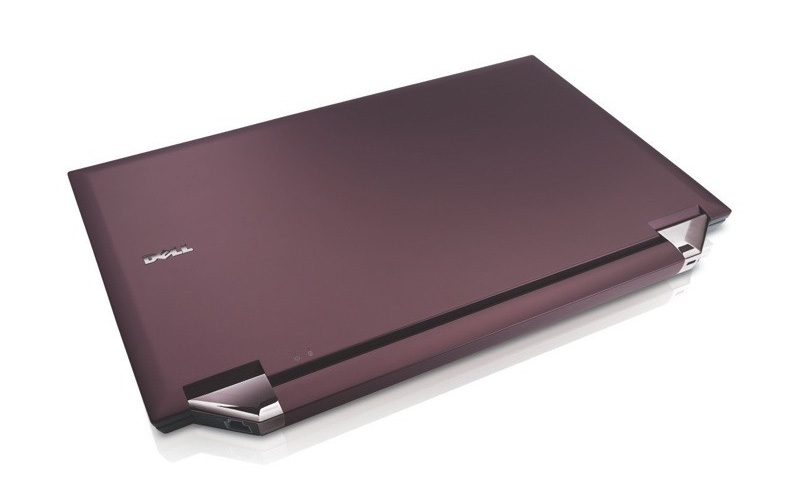
It’s no secret that the popularity of low-power, low-cost netbooks is sapping sales and revenue from the existing notebook computer market: in many cases, mobile computer users are opting for inexpensive and comparatively under-powered netbooks (and learning to live with limitations) rather than shelling out for a full-featured notebook. But to what extent are netbook sales hurting traditional notebooks…and when does a netbook "cross the line" and become a traditional notebook…and thus be ineligible for discounted pricing on Windows XP or the forthcoming Windows 7?
Speaking on the sidelines of a company event in London, Intel’s head of European sales Christian Morales indicated to Reuters that netbooks are cannibalizing about 20 percent of the traditional notebook market…but that those number were lower than what many had speculated. Morales indicated netbook sales account for about 16 percent of global notebook sales, but the figure was somewhat higher in Europe, particularly in the U.K. and Italy.
Of course, while Intel’s margins on Atom chips used to power most netbooks are higher than those for older Celeron single-core CPUs, overall margins on netbook units are slim compared to full-featured notebook computers, meaning computer makers earn less money on the sale of a netbook than they would on the sale of a full-fledged notebook.
Microsoft also seems to be working to define the netbook market, with industry reports indicating Microsoft has set the maximum hardware specifications for notebook computer systems that will be eligible for the less-expensive netbook-only versions of Windows 7. Most of the reported specs are improvements on the specs eligible for the Ultra Loc Cost PC (ULCPC) program under which Microsoft offers Windows XP Home for current netbook computers: for instance, netbooks will have no limitations on graphics processors, will be able to offer up to 2 GB of RAM, up to 250 GB of hard drive storage (or 64 GB via an SSD), use any touch technology they like, and any single-core CPU they like running at up to 2 GHz. However, Microsoft is reportedly shrinking the max screensize on a netbook computer from 12.1 inches in the ULPC program to 10.2 inches for Windows 7. If true, some manufacturers will undoubtedly opt for higher resolution screens to pack more pixels in that small area, but the move also risks angering potential customers who would be happy with a low-power notebook of only it had a decently-sized display.
Editors' Recommendations
- We might have an answer to Intel’s crashing crisis
- It just became the perfect time to buy a last-gen Intel CPU
- Microsoft Surface Laptop 5 is discounted from $1,300 to $800
- Intel Battlemage graphics cards: release date speculation, price, specs, and more
- Intel may fire the first shots in the next-gen GPU war


